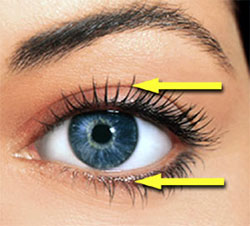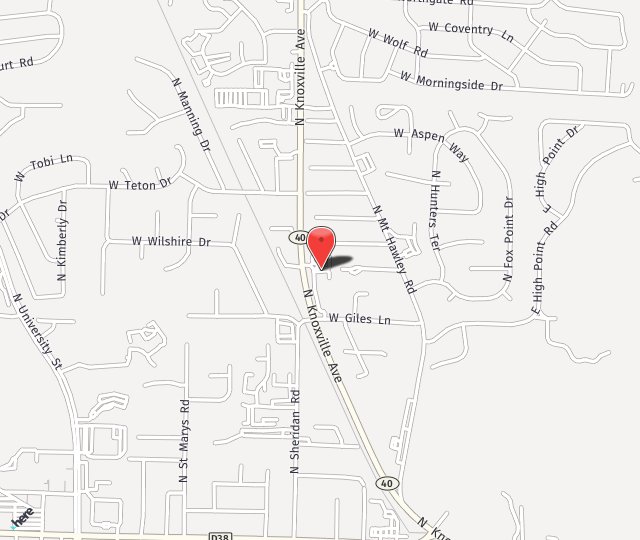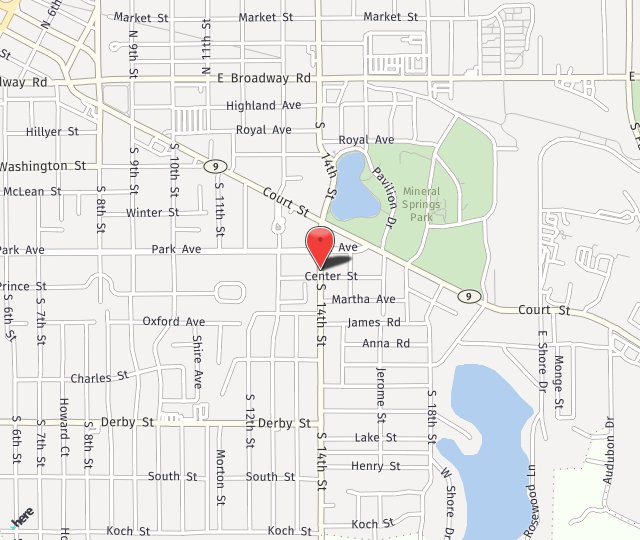One way to alleviate dry eye is to help the eyes to make better and longer use of the small amount of lubricating tears they do produce. This is accomplished by closing off the small funnel-like drain hole found in the inner corner of the upper and lower eyelids. These drain holes, called punctums can be closed with tiny plugs called punctal plugs. The plugs can be placed in the two tear ducts, top and bottom, in both eyes or in only the lower ducts. The punctum can also be permanently closed with a heat or laser procedure.

Punctal plugs can be temporary or permanent. Temporary plugs dissolve a few days after insertion. If your dry eye symptoms disappear when the temporary plugs are inserted, your doctor may consider permanent punctal occlusion.
Punctal occlusion is for those:
- who have been diagnosed with dry eye
- whose doctor has determined that punctal occlusion is the appropriate treatment for their condition
What to expect on procedure day:
Your treatment will be performed in an examination room. It does not require a surgery center. Once you have been checked in and settled comfortably, drops will be used to numb your eye; no injections or needles are used.
Your doctor will pull your eyelid up and ask you to look toward the outside of your head, away from your nose. Using a forceps-like applicator, the plug will be placed into the corner of your eye, then released. An applicator or another tool will then be used to gently push the plug into your natural punctal opening and you’ll be asked to blink. Once the plugs get wet, they will expand to completely fill the opening. The entire procedure takes only a few minutes. Many patients report immediate relief from dry eye symptoms and resume normal activities immediately.
Realistic Expectations:
Serious complications with punctal occlusion are extremely rare, but like any medical procedure, it does have some risks. If you experience side effects, your doctor can remove the plugs. Going to a specialist experienced in punctal occlusion can significantly minimize risks.
If you and your doctor decide that punctal occlusion is an option for you, you will be given additional information about the procedure that will allow you to make an informed decision about whether to proceed.
If you would like more information about this procedure you can make an appointment or contact the office for additional information.


